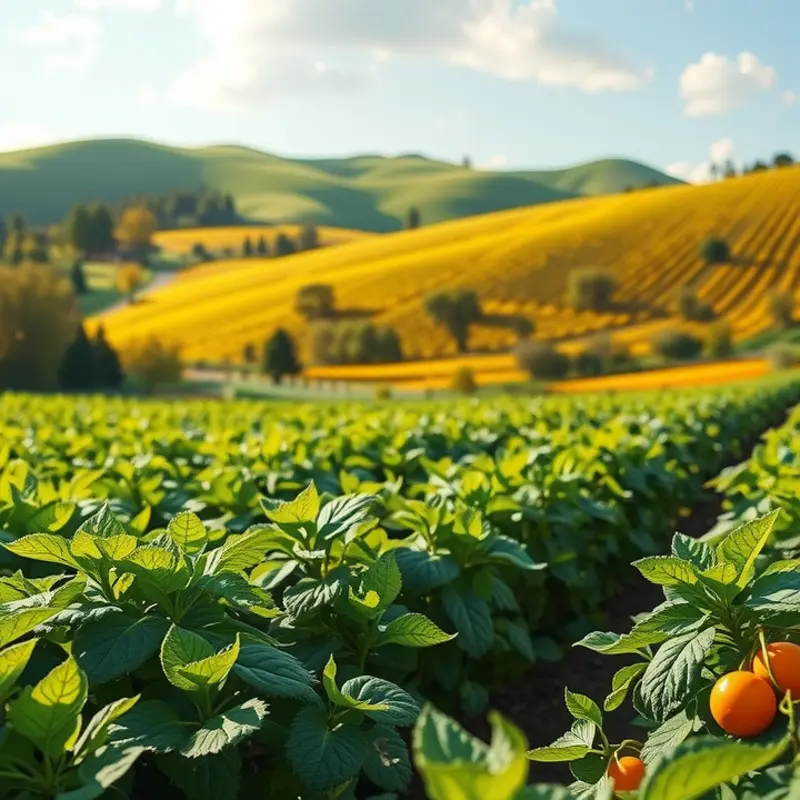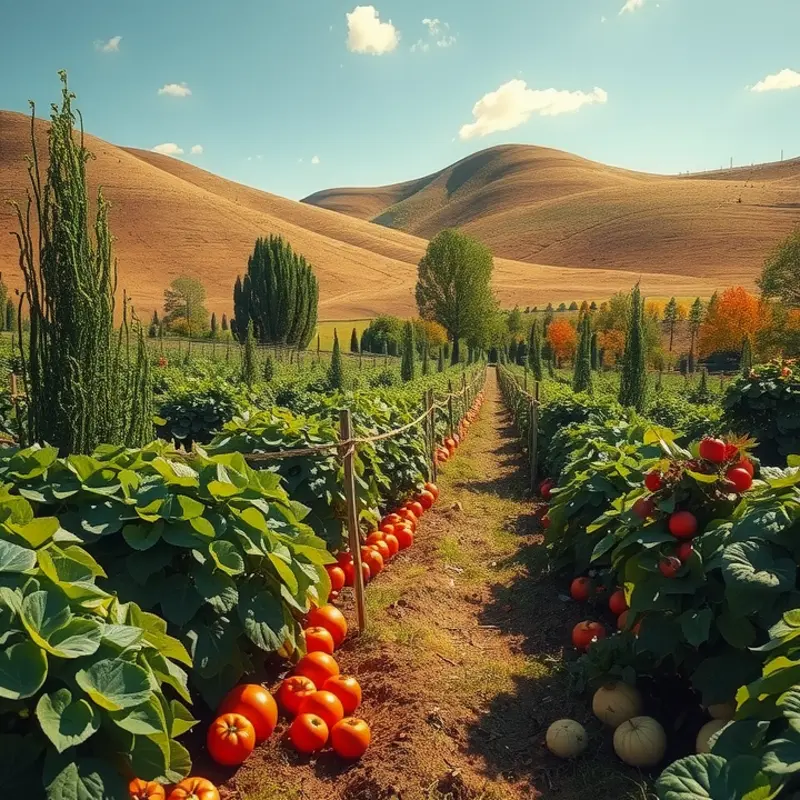Keeping your food fresh is vital for both health and budget. Utilizing effective storage methods not only preserves flavor and nutrients but also prevents waste. This checklist will provide practical tips for managing food freshness at home, ensuring you can enjoy your meals safely and efficiently.
Effective Food Storage Techniques

To keep food fresh and minimize waste, one must master effective storage techniques. Proper storage extends food longevity while maintaining taste and nutritional value.
Fruits and Vegetables
For many fruits, room temperature is ideal until they ripen. Once ripe, refrigerate them to extend freshness. Bananas, apples, and tomatoes prefer the countertop initially. However, berries and grapes should be refrigerated immediately in breathable containers. Vegetables benefit from slight humidity in the crisper drawer. Leafy greens should be well-dried and stored in a container with air circulation, while root vegetables like potatoes and onions prefer a cool, dark pantry. For further tips, you can explore eco-smart kitchen storage solutions.
Meats and Dairy
Temperature control is crucial for meats and dairy. Refrigerate meats promptly, placing them on the lowest shelf to prevent drips onto other foods. Ground meats and poultry should be used within two days, while whole cuts of beef, pork, and lamb can last three to five days. For dairy, keep milk and yogurt in the main part of the refrigerator where temperatures are cooler. Cheese, however, benefits from packaging that allows it to breathe slightly, reducing spoilage.
Leftovers and Prepared Foods
Leftovers can be a great time-saver but need proper care. Cool them quickly and store in airtight containers. To reduce bacterial growth, ensure that leftovers are kept above freezing but below 40°F (4°C). Label containers with dates to monitor freshness, using within three to four days. When reheating, ensure the food reaches at least 165°F (74°C) to eliminate harmful bacteria.
Ideal Container Usage
Containers play an understated role in food storage. Opt for clear glass or BPA-free plastic containers to identify contents quickly. Use vacuum-sealed bags for items going into long-term storage, especially in the freezer. These minimize air exposure, which causes freezer burn and flavor loss. Organization Tips
A well-organized refrigerator and pantry prevent over-purchasing and waste. Implement the first-in-first-out rule, moving older items to the front. Group similar food types together—fruits, vegetables, meats, and dairy—making inventory management simpler. For pantry items, invest in stackable bins or baskets for easy access.
These methods not only help in preserving the quality of your food but also contribute to reducing overall food waste. With a bit of diligence, maintaining a fresher stock of food becomes seamless, ensuring meals are both safe and delightful.
Smart Management to Reduce Waste

Managing your food inventory smartly is essential in reducing waste. To start, integrating meal planning into your routine can significantly cut down unnecessary purchases. By outlining a week’s worth of meals, you minimize the risk of buying items you’ll never use. Consider the ingredients that can be repurposed in multiple meals—such as using vegetables in a stew, salad, and side dish.
A vital strategy in food management is the FIFO (First In, First Out) approach. This system ensures older food items are used before new ones, preventing expiration and spoilage. When you bring groceries home, place newer items behind the older ones. This method is practical for pantry goods as well as refrigerated items. Stick with this routine, and you’ll notice a significant reduction in expired products.
Employing a labeling system for leftovers is another practical approach. When saving leftovers, label each container with the date they should be consumed by. Use visible markers or masking tape, writing directly on the packages. This visual reminder helps you track what needs to be eaten first, avoiding forgotten leftovers turning dubious at the back of the fridge.
Beyond these organizational tactics, repurposing food scraps and leftovers presents a money-saving opportunity that benefits the environment. Vegetable peels and herb stems can transform into aromatic stocks. Stale bread can become crunchy croutons or breadcrumbs. These not only add flavor but are cost-saving alternatives to store-bought products.
For those interested in low-waste cooking techniques, integrating these habits can make a significant impact (find more detailed tips here). Embracing these practices means you’d not only be reducing waste but also maximizing the utility of your purchases.
Thus, adept management of food inventory, through meal planning, FIFO methods, effective labeling, and repurposing strategies, is key to minimizing food waste. This not only saves money but also fosters a more sustainable kitchen. By incorporating these approaches, you align with a kitchen ethos that values resourcefulness and responsibility.
Final words
Maintaining food freshness at home is both an art and a science. By implementing effective storage techniques and smart management practices, you can significantly improve your food quality and minimize waste. Simple actions like knowing how to store your food correctly, planning meals, and tracking expiry dates can make a world of difference. Remember, fresh food not only enhances your meals but also contributes to a sustainable lifestyle. Embrace these practices to enjoy your food safely and efficiently.







